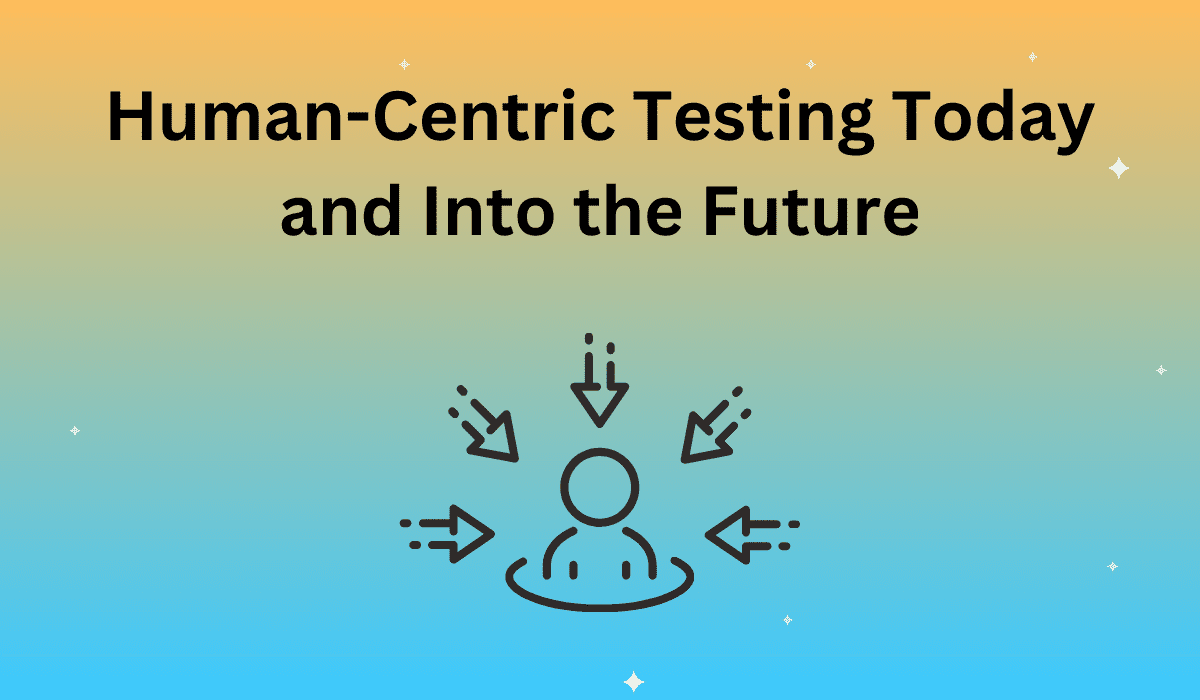Part Four of the Humanizing Software Quality Series from Intellyx, for Apica
In part 1 and part 2 of this series, Jason English established user journeys as the essential goal of software testing efforts and explained why user journeys are so difficult to test.
In part 3, I brought APIs into the human equation, connecting APIs to the user experience (UX) even for modern digital applications.
In this conclusion of the series, I’ll expand this story into the future, as modern trends like the Internet of Things (IoT) and the metaverse promise to once again revolutionize the nature of applications and the experiences people have when interacting with such modern software landscapes.
The Need for Better UX Testing is all around Us
There’s a joke going around modern automobile circles that the easiest way to update your car’s clock for Daylight Time is to wait six months until it’s correct again.
This joke’s underlying truth is undeniable: despite all the fancy and sophisticated IoT functionality in today’s automobiles, their digital UX is painfully difficult to interact with.
What’s going on here? The safety and regulatory requirements for automobile manufacture set the bar for software quality in our vehicles. To be sure, on-car software rarely crashes, and software failures that lead to accidents or other safety issues are even less common.
Why, then, is the digital UX in new cars so abysmal?
The answer is straightforward. Vehicle manufacturers do not sufficiently test for the entire UX – what we call the user journey. Instead, they test by component: the clock is OK, the radio works, the backup camera functions properly, etc. Behind the scenes, the APIs that support such functionality, both on the car and in the cloud, pass tests as well.
What’s missing is a holistic, user-centered perspective on testing that connects the UX to the various software components and APIs across the entire scope of human interactions – video, audio, tactile, motion, and any others relevant to the problem at hand.
The IoT Beyond the ‘Things’
If the IoT be nothing but a bunch of things (sensors and actuators) connected to the Internet, then any notion of a holistic UX is lost in the noise.
Instead, we must take a holistic approach to testing user journeys as they interact with such things over time.
For example, how would a municipality ensure that its smart city UX meets the needs of its citizens? True, it must test the components – street lights, cameras, trash sensors, traffic sensors, etc. But it must also test how people perceive and interact with those components as they go through their day-to-day activities.
A fully implemented smart city deployment might deliver seamless convenience for its citizens – or just as likely, it could appear to be an oppressive, 1984-like dystopia.
UX testing is essential for avoiding the dystopia scenario, as long as it UX goes beyond testing the software, or the other components of the smart city deployment.
The Metaverse as Digital User Journey
Today, the metaverse is largely smoke and mirrors: some combination of virtual reality and 3D world building along with questionable components like cryptocurrency and blockchain.
Regardless of how the metaverse develops over time, the question of holistic UX-centric testing will be front and center, differentiating metaverse offerings that succeed from those that will fail miserably.
Today, the vendors that create multiplayer games like Roblox, Fortnite, and Minecraft deliver closed worlds that may be the closest we can get to an open metaverse. To be sure, these vendors put their respective worlds through rigorous testing.
For an open metaverse – that is, one that no single vendor controls – such testing promises to fragment, focusing on one creator’s contribution or another’s.
Furthermore, users will leverage a range of technologies to access the metaverse, from VR goggles to their smartphones. Testing each of these components is necessary, but far from sufficient to guarantee a positive metaverse UX.
Instead, metaverse testing must be human-centric rather than software-centric, ensuring that each user’s journey through the metaverse works properly and meets their expectations.
The Intellyx Take
Today’s real user monitoring, synthetic user testing, and other UX-focused testing technologies are part of the answer. Observability, analytics, and AIOps technologies also provide an essential part of the story as they help organizations maintain the back-end infrastructure necessary for a quality UX.
AI, furthermore, promises to play a broader role than AIOps alone. Sentiment analysis, for example, is essential for differentiating between seamless convenience and dystopian nightmares.
The bottom line, however, is that it’s essential to bring together testing across the full infrastructure and across the software lifecycle, leveraging tools like Apica Ascent to connect the UX to the complexity of the underlying software.
Regardless of whether the problem at hand is an IoT deployment, some metaverse project, or any other modern software initiative that supports complex user journeys that touch multiple software and hardware components, user journey testing is essential for delivering on the value of the initiative.
©2023 Intellyx LLC. Apica is an Intellyx customer. No AI was used in the creation of this article. Intellyx retains final editorial control of this article.








